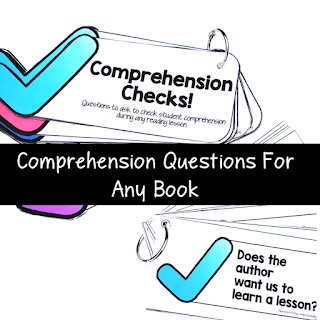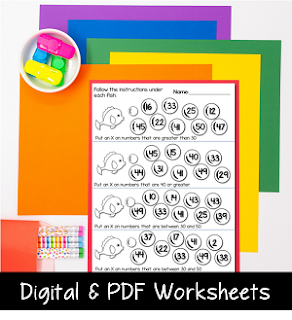
Pattern blocks deserve to be used for more than free play!
Pattern blocks often get lumped into the “free choice” or “early finisher” bin, but they’re so much more than busy work. They are a powerhouse for pattern block activities like spatial reasoning, geometry vocabulary, symmetry skills, and even problem-solving, especially for use during morning tubs or morning work. When used with intentional tasks, they quickly become one of your most versatile and loved math manipulatives.














.png)








